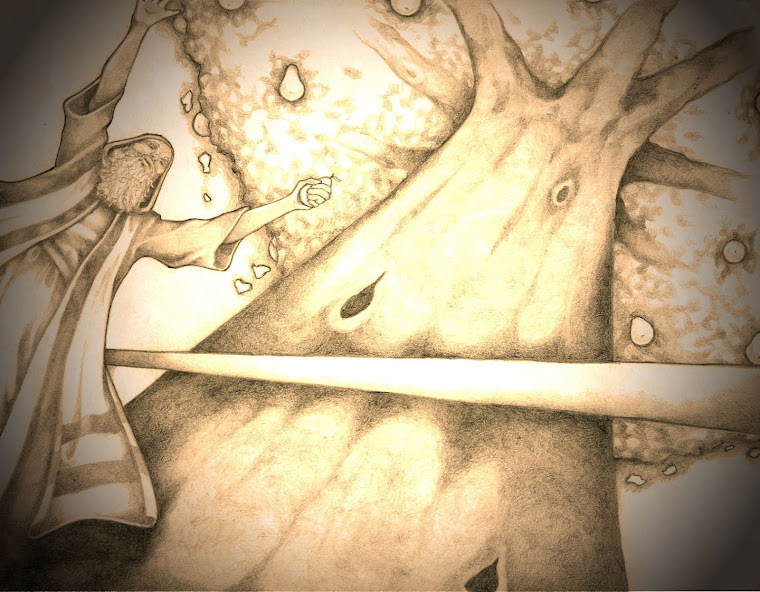 |
| Mural by Diego Rivera |
So this is just a quick post that was inspired by an article that I read on the Neal A. Maxwell Institute by Bruce H. Yerman (Journal of Book of Mormon Studies: Volume - 8, Issue - 1, Pages: 44-47,Provo, Utah: Maxwell Institute, 1999) entitled, "Ammon and the Mesoamerican Custom of Smiting Off Arms". In this article Bruce explains that the custom of smiting off your opponents arms not only rendered him useless in battle but also made for good trophies so to speak and later bragging rights. This was a practice that was had among the Pre-Spanish Aztecs. It was one of the ways that one could advance beyond social status and advancement of their own parents by showing their ability as a warrior and spirited fighter by displaying their opponents arms or other limbs as proof of this fighting accomplishments.
Bruce then points out that there are a few places where this practice is acknowledged in our time. One of the places where this practice is displayed was on the wall murals painted in Mexico's National Palace by the skilled artist Diego Rivera. In the mural it shows what looks to be a tattooed prostitute tempting many men whom are displaying gifts and other items in hopes of pleasing her. One man whom is obviously a warrior is displaying the arm of a white man whom he more than likely defeated in battle. Mr. Yerman states this gift was considered comparable to a piece of fine jewelry.
 |
| Add caption |
Other Aztec artwork goes as far as depicting people actually eating portions of the arms or hands and drinking the blood as some sort of ancient practice. For similar incidents that date back even farther Bruce points to a traditional story told in the Popol Vuh which ironically is the sacred book of the Quiché Maya of highland Guatemala a place that many scholars take as the Land of Nephi from the Book of Mormon. Bruce
points out that "At one point the Popol Vuh reports a fight between hero twins, Hunahpu and Xbalanque, and the god Seven Macaw. Hidden in a tree, Hunahpu shoots Seven Macaw with his blowgun. As the twin seeks to escape, Seven Macaw twists and tears an arm off Hunahpu's body. "And when Seven Macaw had taken the arm of Hunahpu, he went home . . . then he hung up the arm of Hunahpu,"7 most probably as a token of his victory."
 |
| Ammon defending the kings flocks |
The practice of the cutting off of arms as a sign of accomplishment takes place in the Book of Mormon at the "waters of Sebus" where the Lamanites go to water their flocks. As pointed out by Hugh Nibley apparently there were games of chivalry where other Lamanites would scatter each others flocks in a manner of looting also as a status symbol. When Ammon a Nephite missionary was allowed to be a servant to King Lamoni and assist his other servants with watering his flocks a group of Lamanites scattered their flocks. In seeing that the other servants feared for their lives he helped them gather up the flocks and defended them from the would be thieves by slaying 6 with stones and a sling and killing one with his sword. During all this commotion any of the aggressors who attempted to attack him with their ceremonial clubs had their arms cut off. As a token of this accomplishment the kings servants took the arms as evidence of Ammons power and displayed them before King Lamoni which eventually lead to his opportunity to teach the gospel to the king and his people and lead to the converting of thousands.
As we can see this practice has been verified through ancient practice. Bruce H. Yerman gave other examples in his excellent article which can be found on the this link.
http://maxwellinstitute.byu.edu/publications/jbms/?vol=8&num=1&id=183
Once again we find that instead of looking for the Book of Mormon in Mesoamerica when we look for Mesoamerica in the Book of Mormon these stories gain added validation.




